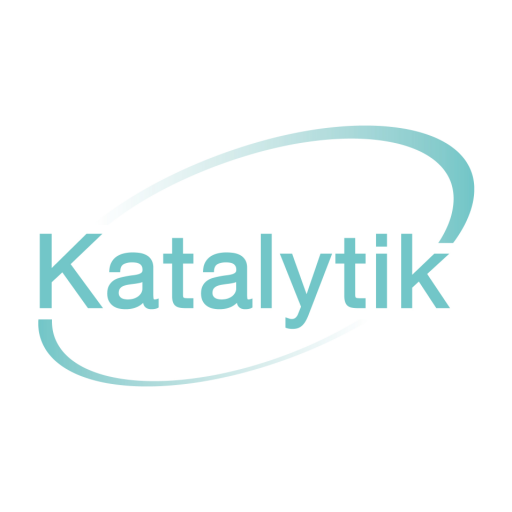
6 networking tips for early career and PhD scientists and engineers
Dr Jan Peters MBE
Back at my desk this morning, there was something like 426 browser tabs open. I’d rushed off to join an exercise class after a series of online calls and left my PC in suspended animation. The call I enjoyed being part of most was a panel for the Royal Society of Chemistry. The theme was networking. An amazing panel lineup with many years of experience between us. Some of the questions made me reach back into my career.
It set me thinking about knowledge transfer, industry associations and professional societies. Where might early career, technical professionals extend their network to find help and support? So I feverishly found links for the chat. This post collates some of the links and tips from my tabs and identifies 6 things for you to focus on:
1. LinkedIn
- Make sure you get on LinkedIn and build a solid and engaging profile. You can always update it and add new things. Just get started. One of the least used features is the About page. This allows you to capture a wide range of your interests and paint a picture of you!
- First impressions count! Create a powerful header (1584 x 396) in PowerPoint – or use the free version of Canva – to capture your discipline, your PhD in images, or any awards you may have.
- Make sure your headshot is professional looking. No selfies for LinkedIn. A well-lit pose – look around to find examples you like and emulate them.
- Why not create a 30-second profile video introduction to yourself (note to self to do this). And upload it for your profile photo?
- LinkedIn is for connecting, networking, and finding new jobs. When you reach out to connect with people, never click the connect button. Always add a personal note to introduce yourself and/or explain your interest. It’s quite simple the polite thing to do.
2. Conferences and events
- Conferences and event agendas and programmes are often posted online in advance. Bigger events might have an app with speaker biographies and digital connection tools. Use them!!
- While some people love meeting strangers, others find it energy-sapping. If this is you, take a strategic approach:
- Identify your sessions and speakers in advance.
- Set a target of 2 or 3 contacts and make sure you follow up afterwards. Choose an easy number so you can give yourself a pat on the back afterwards. And not beat yourself up that you din’t speak to fifteen people. This is far more useful than arriving, panicking, and then lurking in the shadows, terrfied.
- Research the people you want to meet. Look them up on LinkedIn or Researchgate before. It’s OK to connect and add a message saying you’re looking forward to their presentation/poster. And also ask for a preprint or the actual paper.
My Dad’s best advice: “Just ask. What’s the worst that can happen? They say “no””
from Jan’s Dad.
3. Networking events and lectures
- My tip here is to go on time, even early. So many people feel awkward about the post-registration time, hanging around with a cuppa, no one to talk to. And also in networking breaks. So, rather than avoiding tea/coffee time be the first there. Occupy a central table. Let people come up to you!
- Participating in professional society events provides you with broader technical knowledge. It also helps you meet people who work in your area, and can talk to you about career options. An advantage is there will be people from industry and academia.
- Don’t just stick to one professional society. Keep an eye on event programmes from different societies. Many have special interest groups that can be inter or multidisciplinary. And can help you explore career possibilities further.
4. Exploring industry and industrial thinking
- If you’re looking to connect with companies and explore possible future employers, why wait until you have written up?
- Attending policy development meetings, or innovation events can enrich your knowledge. Plus, if you write up a short note, they provide rich material to fill your LinkedIn page and build a Twitter profile. The UK Knowledge Transfer Network (KTN) is a partner of Innovate UK. This is a strand of UK Research and Innovation (UKRI), the national funding agency. Innovate UK KTN exists to connect innovators and partners to explore new opportunities. The different KTNs host meetings and events that expose you to cutting-edge thinking, and a wider network.
5. Building your professional profile using Twitter
- Create a professional profile, name and description. Keep it short so it is all visible.
- Follow people to see what’s happening. Start with key paper authors or conference speakers in your field and then spread out from there.
- Make a decision to define the standards and personality you wish people to see you for.
- Tweet early in the day. Find useful tips and features to share
- Connect with people by linking, commenting, and resharing (with a quote tweet).
- And then begin to connect and send messages to specific people you of relevance who you might like to talk with talking or meet. I have found the Twitterati to be supportive, generous, and open to connecting in both virtual meeting spaces and face-to-face.
- When you’re writing a post on LinkedIn you have the option to repost it on Twitter.
6. Blogging and posting articles
- One strategy is to write short summaries of important papers written for a wider audience. Think, writing for your A-level teachers!! Post these on your LinkedIn profile or your own webpage. And also tweet them.
- Good imagery is important. Choose a free image from Canva, Unsplash or other free platforms like Pixabay. Pictures speak louder than words
- Use alt text for images to improve accessibility
- Use Hemmingway App – a free online tool – to help you use better grammar and simpler language.
- And create a list of Twitter names to tag in your posts when sharing on any social media platform.
